Thanksgiving dinner is my favorite meal of the year. I love the turkey with cranberry sauce, the mashed yams with marshmallows, the roasted veggies, the cornbread... There is just so much good food and so much of it! But have you ever wondered why we eat the things we do on Thanksgiving?
1. Turkey
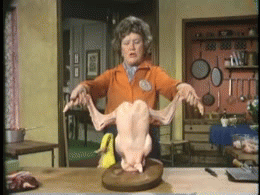
Turkey probably wasn't actually eaten by the pilgrims and Native Americans at the famous three-day feast in 1621. Historians believe that venison was most likely the main course. However, when Thanksgiving Day was declared a national holiday by Abraham Lincoln in 1863, turkeys were native to North America and a popular way to feed a lot of people at one time.
2. Stuffing
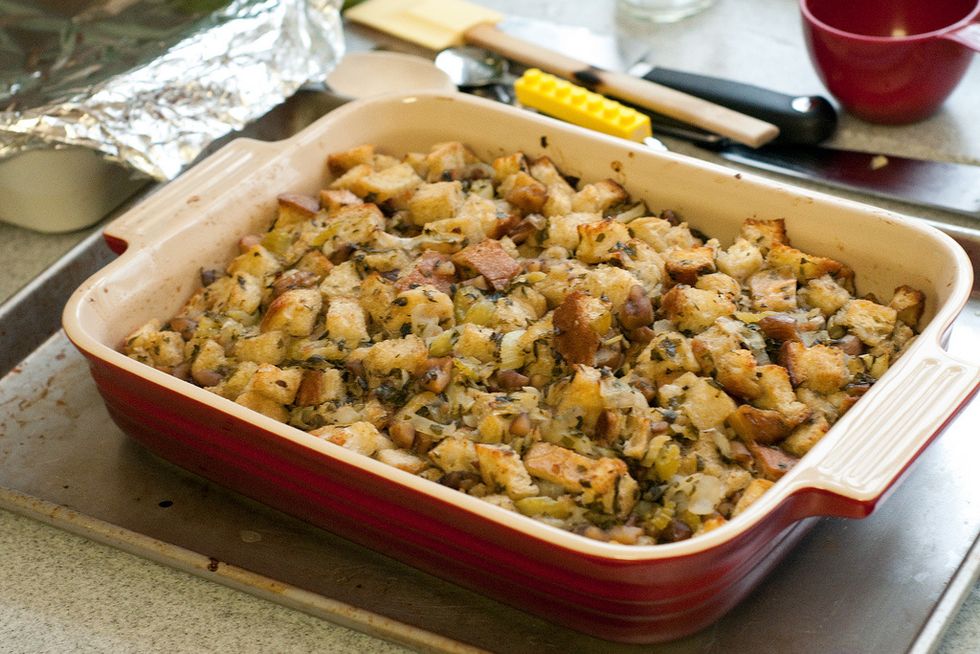
Originally, stuffing didn't come from a box. Stuffing birds really dates back to the Aztec communities stuffing them with spicy chili peppers. European explorers observed this practice and, by the 1500s, it was a common Christmas dinner tradition to serve a stuffed turkey in Western Europe. It was the best way to get the most out of the turkey. The use of natural juices to fluff up the bread filling meant being able to feed more people and get more calories. In historic times, people needed every calorie they could get with food not being as readily available as it is today. When the European immigrants came to America, they brought the practice of stuffing turkeys with them!
3. Potatoes
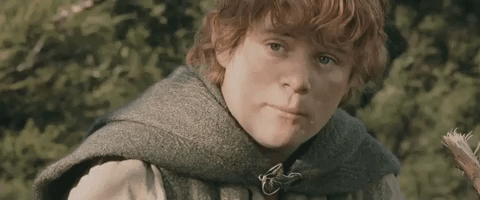
Like turkey, potatoes were not part of the original Thanksgiving feast but were a popular food at the time Thanksgiving Day was declared a holiday. Potatoes were brought over to North America by Scottish and Irish immigrants in the early 1700s. They were first grown in New Hampshire in 1716 but spread all the way to Idaho, the most abundant potato state, by the 1840s.
4. Cornbread
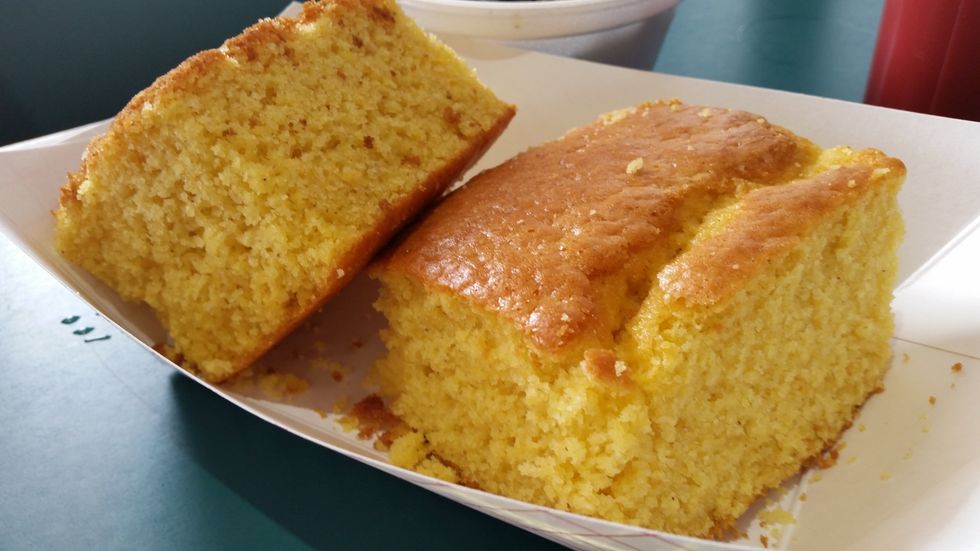
Corn was a staple in the Native American diet and plentiful in North America during the 17th century. It is believed that corn was eaten at the first Thanksgiving feast but would have been more like a corn pudding than a cornbread.
5. Cranberry sauce

Cranberries are native to North America and are in season right around Thanksgiving. They were very important to Native American communities in North America, being used as fabric dyes, medicines, and a food source. Historians believe that it is highly likely that cranberries were in fact shared by the pilgrims and Native Americans due to there abundance in the fall season!
6. Green Bean Casserole
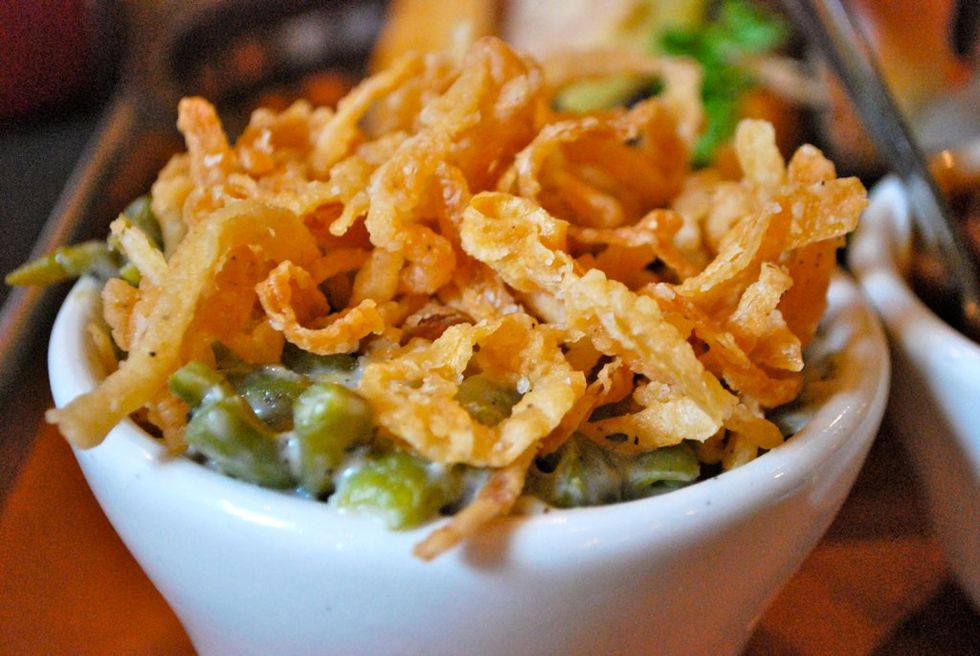
Beans were another staple in the Native American diet. It is very likely they too could have eaten green beans with the pilgrims in 1621. Green bean casserole, however, is a modern preparation of green beans that became popular with the rise of prepared frozen, packaged, and canned foods in the 1950s.
7. Pumpkin Pie
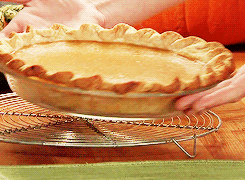
Pumpkins were definitely available in 1621, but most likely they were not prepared in pie form. The settlers would have to know how to make a pie, but the butter and pie crust ingredients needed would not have been available to them. Pumpkin and other types of squash may have been roasted over a fire or perhaps filled with a custard. Pumpkin pie became the modern tradition when magazine editor Sarah Josepha Hale attempted to set an ideal Thanksgiving dinner tradition with the Lincolns' declaration of the holiday in 1863.
8. Mashed Yams
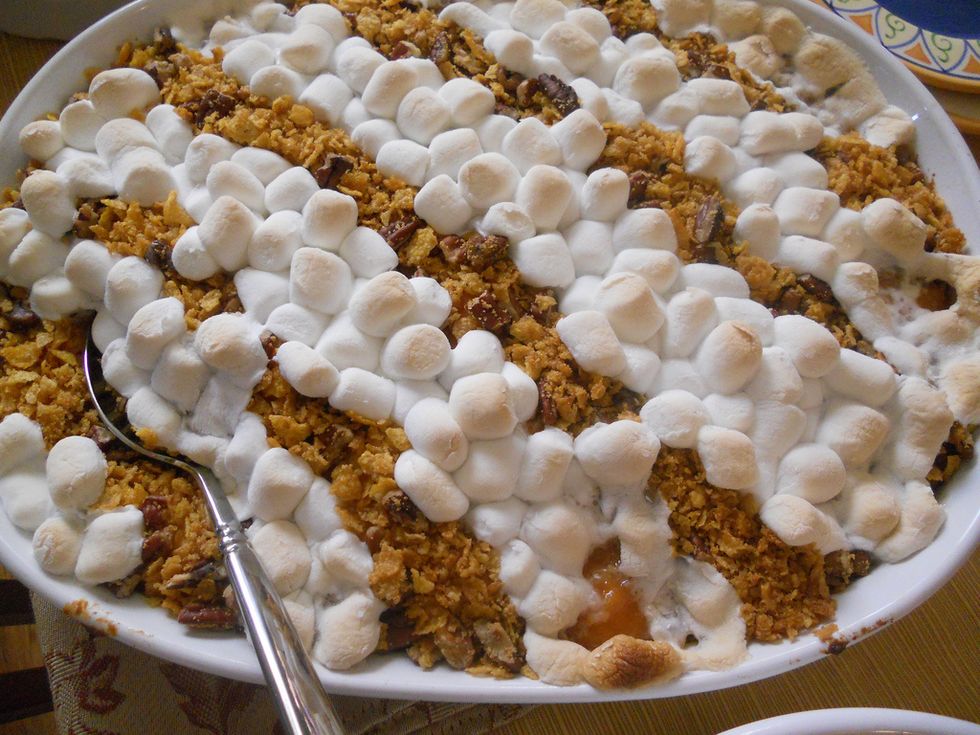
Just like regular potatoes, sweet potatoes were not available in North America in the 17th century. Sweet potatoes originated in South and Central America. They did not make it to North America until the 18th century. At the time of Lincoln's Thanksgiving Day declaration, candied sweet potatoes were a popular American dish, thus quickly becoming a traditional Thanksgiving food. Mashed yams with marshmallows specifically dates back to 1919 in a recipe published by the Barrett Company.
9. Gravy
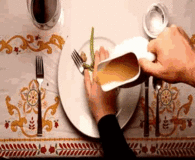
Gravy is another means of using the whole bird. Turkey remains were boiled in a pot and the water was thickened with ground grains to make cornbread.
10. Wine
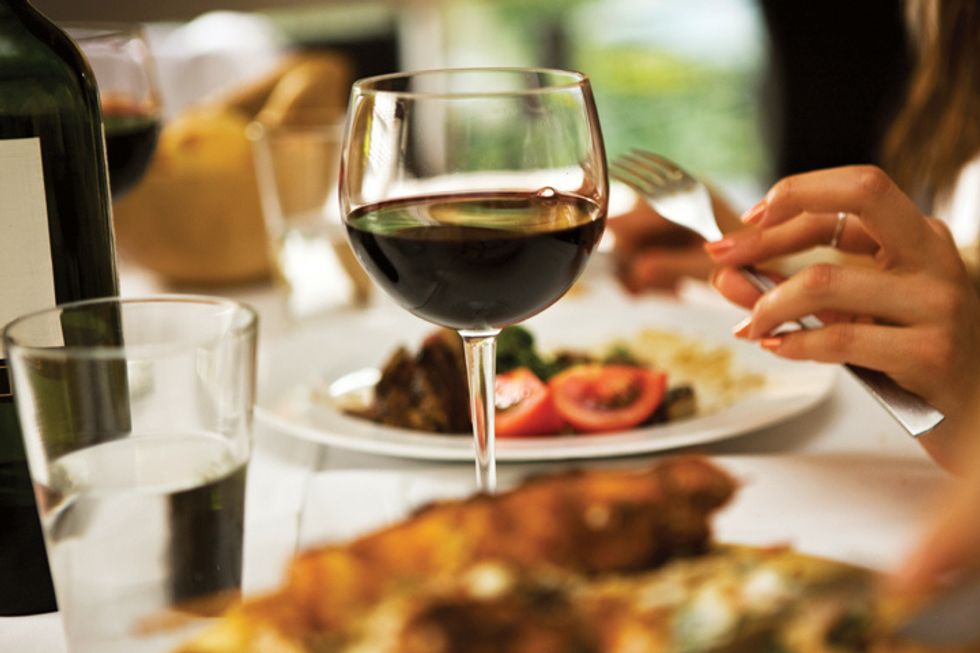
The pilgrims and Indians did not drink wine at the first Thanksgiving. It is believed that they drank beer made from pumpkin and parsnips or fermented apple juice, also known as hard cider. Where the wine tradition came from most likely has something to do with its rise to popularity and sophisticated status. But if you want to be more traditional, I suggest getting yourself an Angry Orchard or Pumpkin Ale!

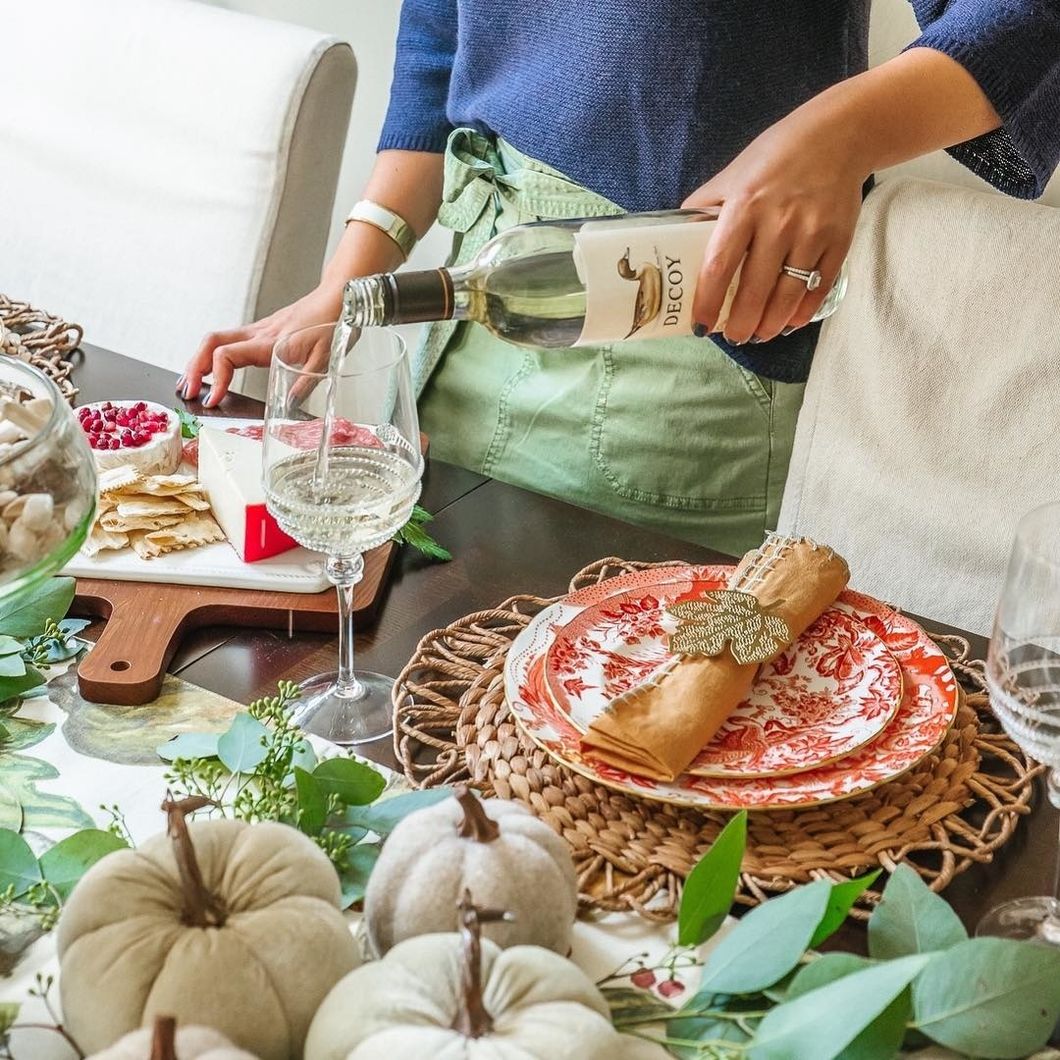




 The minimum wage is not a living wage.
StableDiffusion
The minimum wage is not a living wage.
StableDiffusion
 influential nations
StableDiffusion
influential nations
StableDiffusion












